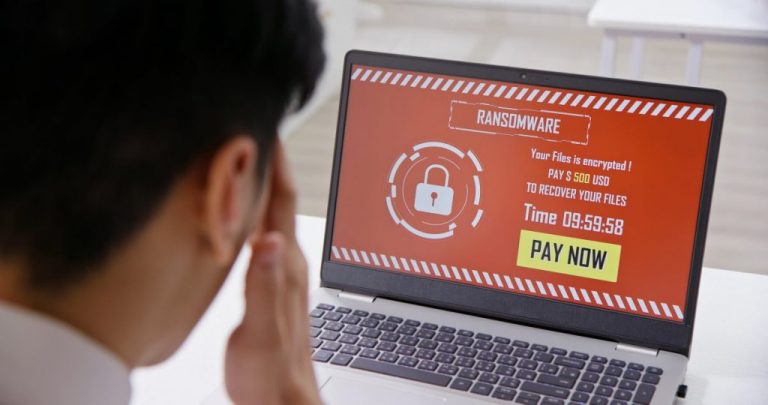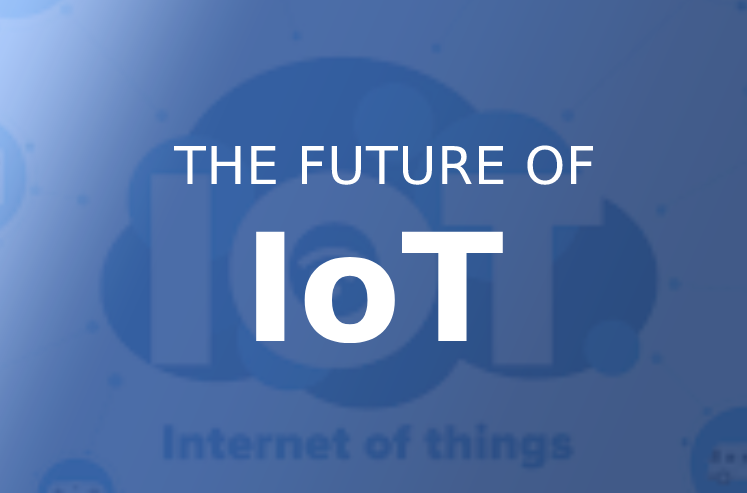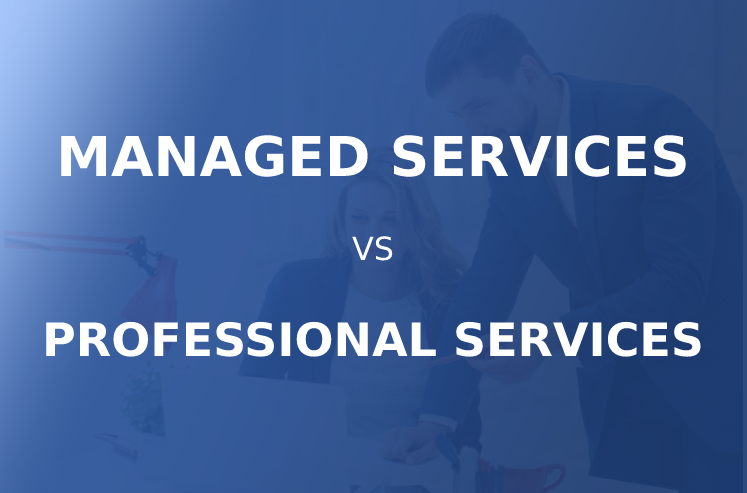
When a computer is infected with ransomware, sensitive data or personally identifiable information (PII) is held hostage until a charge, or “ransom,” is paid. Ransomware is a sophisticated form of malware. Binary encryption keys are frequently used by cybercriminals to limit access to data and demand money from its victims.
Anyone may be impacted by ransomware attacks, from small businesses to major organizations. Businesses, hospitals, schools, and other organizations that depend on that information on a regular basis may be particularly vulnerable to ransomware attacks. Most often, refusing to pay the ransom might result in the irreversible loss or disclosure of sensitive information.
There are several techniques to guard against being infected with ransomware. Because technology is always changing, it’s crucial to follow fundamental cybersecurity procedures and have a proactive attitude to ensure that neither you nor your company will ever be at danger from ransomware threats. Here are top 7 ways to prevent ransomware
1. Backup your Data :
One of the simplest risk mitigation techniques is backing up your data to a cloud server or external hard drive. The user can completely clean the machine after a ransomware attack and reload the backup files. Ideally, businesses should be regularly backing up their most crucial data.
The 3-2-1 rule is a common method to use. Try to retain 3 distinct copies of your data, 2 of which should be offline, on 2 different forms of storage. By including one additional copy on an immutable (cannot be changed) and indelible (cannot be deleted) cloud storage server, you may also add another stage to the process.
2. Install firewalls and antivirus software :
The most popular means of ransomware defense are comprehensive antivirus and anti-malware programs. They are able to search, find, and react to online threats. However, as antivirus software only operates at the internal level and can only identify an attack once it has already entered the system, you’ll also need to set up your firewall.
When facing any incoming external threats, firewalls are frequently the first line of protection. It can defend against assaults that use hardware or software. Any company or private network must have a firewall because it can filter and prevent suspicious data packets from entering the system.
3. Email Security :
Email attachments can also deliver ransomware on your device. Email phishing scams have historically been the main source of malware infestations. Any suspicious-looking attachments should not be opened. Pay special attention to who sent the email and make sure the address is accurate to ensure that it is reliable. Never open an attachment that requests that you execute a macro in order to view it. Opening an infected attachment will launch a malicious macro that allows malware to take control of your machine.
4. Create a reliable zero-trust architecture :
By building a solid zero trust architecture, businesses may strengthen their security posture. Users within and outside the company must be verified and approved before being given access to its network and data, which is made possible by allowing a zero trust security architecture. You may include an identity access management (IAM) tool into the design. This enables IT teams to manage user identities and access to all systems and apps.
5. Endpoint Security :
For expanding companies, endpoint security need to be a top focus. There will be more endpoints (laptops, cellphones, servers, etc.) that require security as organizations grow and the number of end users rises. Criminals might potentially access private data or, worse, the main network thanks to each remote link.
Install endpoint protection platforms (EPP) or endpoint detection and response (EDR) for all network users whether you operate from home or are a part of a bigger organization. System administrators may now monitor and control the security of any distant device thanks to these technologies. EDR is a little more sophisticated than EPP and focuses on reacting to and thwarting current network threats.
6. Restrict user access rights :
Limiting user access and permissions to only the data they need to work is another strategy to secure your network and systems. This “least privilege” concept restricts who has access to crucial data. By doing this, you can stop ransomware from spreading throughout the systems of a business. Users may encounter restricted resources or functions even having access, as specified in a role-based access control (RBAC) policy.
The zero-trust approach used in least privilege often presupposes that no users, internal or external, can be trusted, necessitating identity verification at all access levels. To protect target data in the case of a breach, verification often needs at least two-factor (2FA) or multi-factor authentication (MFA).
7. Train the team :
Training in security awareness is essential for preventing ransomware in its tracks. Every person contributes to the organization’s security when they can recognize and avoid harmful emails. Team members may learn what to look for in an email before they click on a link or download an attachment through security awareness training.
Better still, ask for professional advice before you actually need it. A technical evaluation will assist you in proactively identifying and comprehending aspects of your organization’s network that may increase or decrease the likelihood of future ransomware occurrences. So, If you need any help ITAdOn is here to help you.
What are you waiting for? Call us right now for a free consultation for your company’s security.






